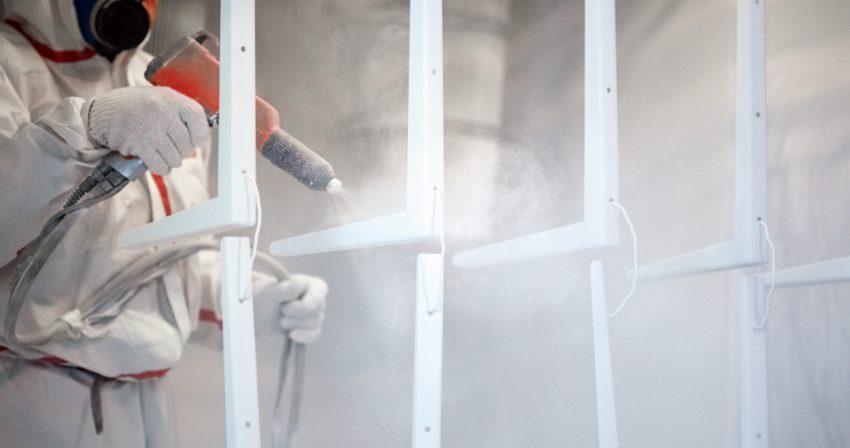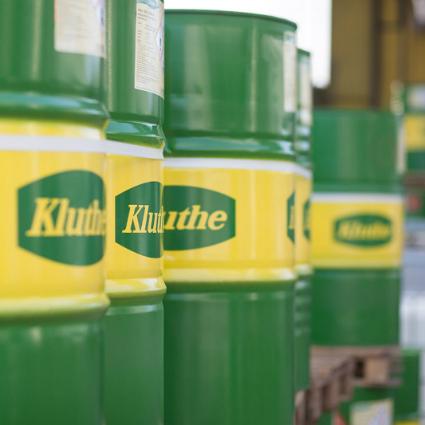« Applications and Advantages of Each Method »
Paint removal is always necessary when the coating on a surface is worn or damaged. Paint only provides protection against corrosion of metal or decay of wood when it forms a seamless, solid layer. Any repaint required for preservation will only adhere to a clean base free of possible residues. Paint stripping is therefore a prerequisite for the durability of the new coating.
Requirements for Optimal Paint Removal Methods
The optimal process for coating removal depends on the type of coating, the condition of the surface, and the substrate material. Using the wrong removers or processes can reduce the value of the object.
The size of the items and the handling possibilities also influence the choice of method. A ship’s hull or the outer skin of an aircraft requires a different approach to stripping than smaller parts or the housing of a device that can be disassembled.
In addition, environmental and occupational health regulations impose legal requirements that must be observed during surface preparation. Removers must comply with TSCA and OSHA standards which govern how chemicals are registered, evaluated, and approved, as well as which substances may not be used.
Finally, the time and costs involved should remain within limits that make coating removal of metals economically feasible.
Overview of Paint Removal Methods
Mechanical, thermal, and chemical methods are used for paint stripping.
Mechanical Paint Removal
In mechanical processes, coatings are removed with scrapers, wire brushes, or sanding tools. On larger surfaces and objects with complex contours, paint is removed by sandblasting. This method attacks the surface of the objects, however, the dust generated often requires the use of respirators.
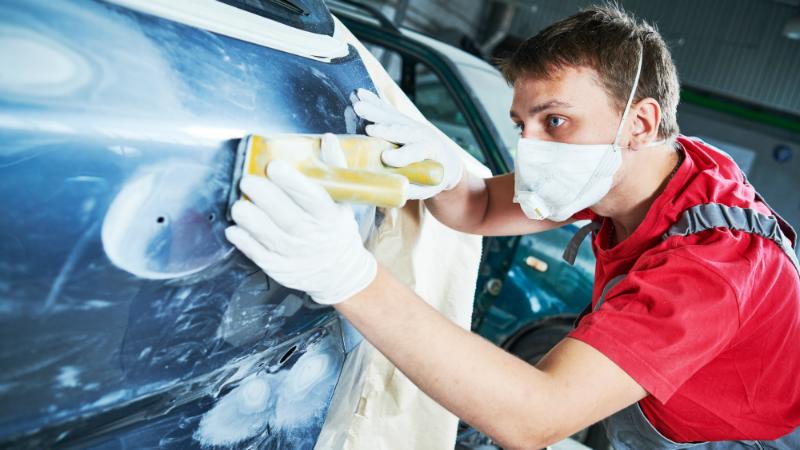
Thermal Paint Removal
In thermal paint removal, the coating is softened with hot air or burned off in pyrolysis ovens. Unfortunately, this produces environmentally harmful gases and vapors, requiring respiratory protection and exhaust gas treatment. Thermal methods also include low-temperature techniques in which parts are immersed in liquid nitrogen, making the paint brittle. It contracts and flakes off. These methods are only suitable for materials that can withstand extreme temperatures without permanent loss of properties.
Chemical Paint Removal
In chemical paint stripping, the coating is dissolved by suitable paint stripping agents depending on the material. Stripping is conducted either by hot-stripping or cold-stripping. Hot-stripping takes place in heated baths where objects are immersed until the paint detaches. For cold-stripping, the remover is brushed or sprayed onto the surface and then removed along with the paint. The chemicals used must be matched to the materials being treated. Vapors released when using paint removers are extracted and treated in exhaust air purification systems.
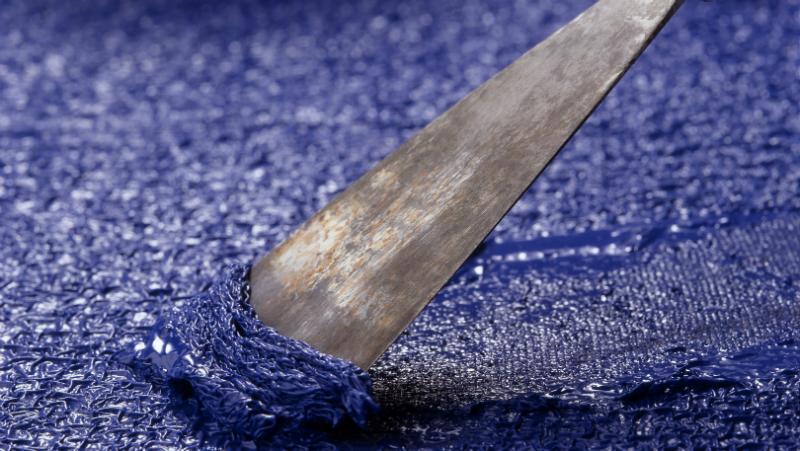
Hot-Stripping for Portable Metal Parts
System Technology for Hot-Stripping
The central component of a hot-stripping system is a heated tank with a capacity of 1,300 to 2,600 gallons (5 to 10 m³). A screen or rack is installed inside to hold the parts. With a pulley or crane, the rack can be raised and lowered. During operation, the tanks are covered with sheets. After hot-stripping, the parts are washed with water. For this, a second tank or a rinsing device is required and the wastewater is collected. The parts must then be dried.
Hot-Stripping Agents
Hot-stripping agents are available as concentrates that are diluted with water prior to use. The mixing ratio depends on the paint composition and type of metal. Manufacturer instructions provide the necessary mixing ratios. Steel or cast-iron parts can be treated with inexpensive alkaline strippers. These chemicals are based on sodium hydroxide or potassium hydroxide. The hot-stripping process using these substances is carried out at around 195 °F (90 °C). Depending on the thickness and condition of the paint, the process can last 10 minutes to several hours.
Because strong alkalis can damage certain metals, organic hot-stripping agents based on alcohols or glycols are used for aluminum, magnesium, and non-ferrous metals. To limit evaporation, oils are often added to these baths, floating on the surface to form a sealing layer. Removing polymer coatings requires significantly higher temperatures than stripping normal paints. The cleaning temperature here ranges between 355 °F and 535 °F (180 °C to 280 °C). To remove such paints, undiluted organic strippers are used, which are flammable. Explosions and fires are prevented by performing the process in sealed systems. Before operation, tanks are purged with nitrogen, which displaces oxygen from the air. The advantages of hot-stripping lie in the short reaction time and the ability to strip parts with complex contours and cavities. The disadvantage of this method is the high energy consumption.
Cold-Stripping of large surfaces
Procedure for Cold-Stripping
When cold-stripping, the chemicals are applied to surfaces with scrapers, brushes, or nozzles. Once the paint has loosened, it is scraped or washed off along with the stripper. High-pressure cleaners are often used for this part of the process. Contaminated water is collected through floor drains and then is reused in a circulation system. Screens and filters retain the paint removed from the metals. The residues must then be properly disposed of.
Some cold-strippers react with the paint in such a way that the mixture flows off the surface on its own and can be disposed of quite easily.
The exposure time for cold-stripping is significantly longer than for hot-stripping. The advantages, however, are that no energy is needed for heating and that partial paint removal is possible.
Cold-Stripping Agents
Cold-stripping uses ready-to-use organic substances which are applied undiluted. Their effect is enhanced by added alkalis or acids.
Both liquid and paste-like agents are available. Some cold-strippers exhibit a flow behavior known as thixotropy. These substances remain liquid as long as they are agitated by shaking, stirring, or brushing. When at rest, they solidify into a viscous mass.
Health and Environmental Protection in Chemical Paint Removal
Chemical methods involve risks for the environment and for workers. These risks are minimized through care, safety equipment, and organizational measures.
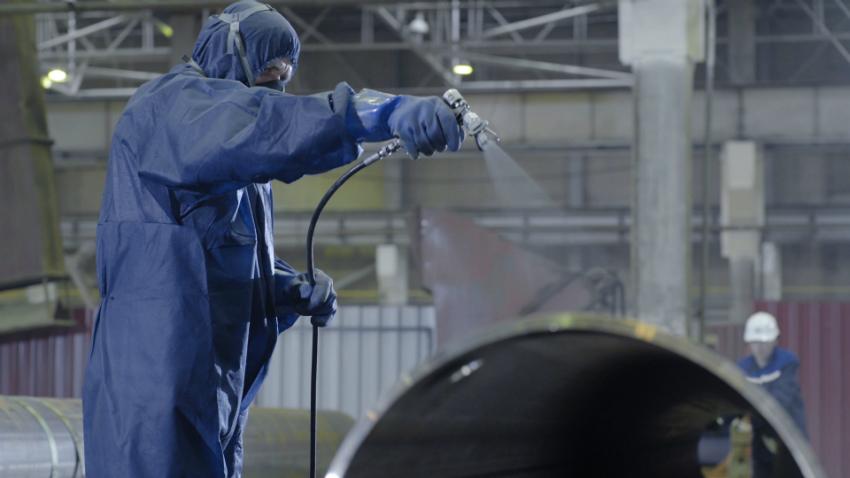
Special attention must be paid not only to occupational safety but also to water protection, exhaust air treatment, and waste disposal. Chemicals used in hot-stripping should be reprocessed and reused. Kluthe is one of the manufacturers that take back waste, process it in their own facilities, and reuse it to produce new products.
Agents used in cold-stripping are generally subjected to an energy recovery process.
 Kluthe Magazine
Kluthe Magazine
